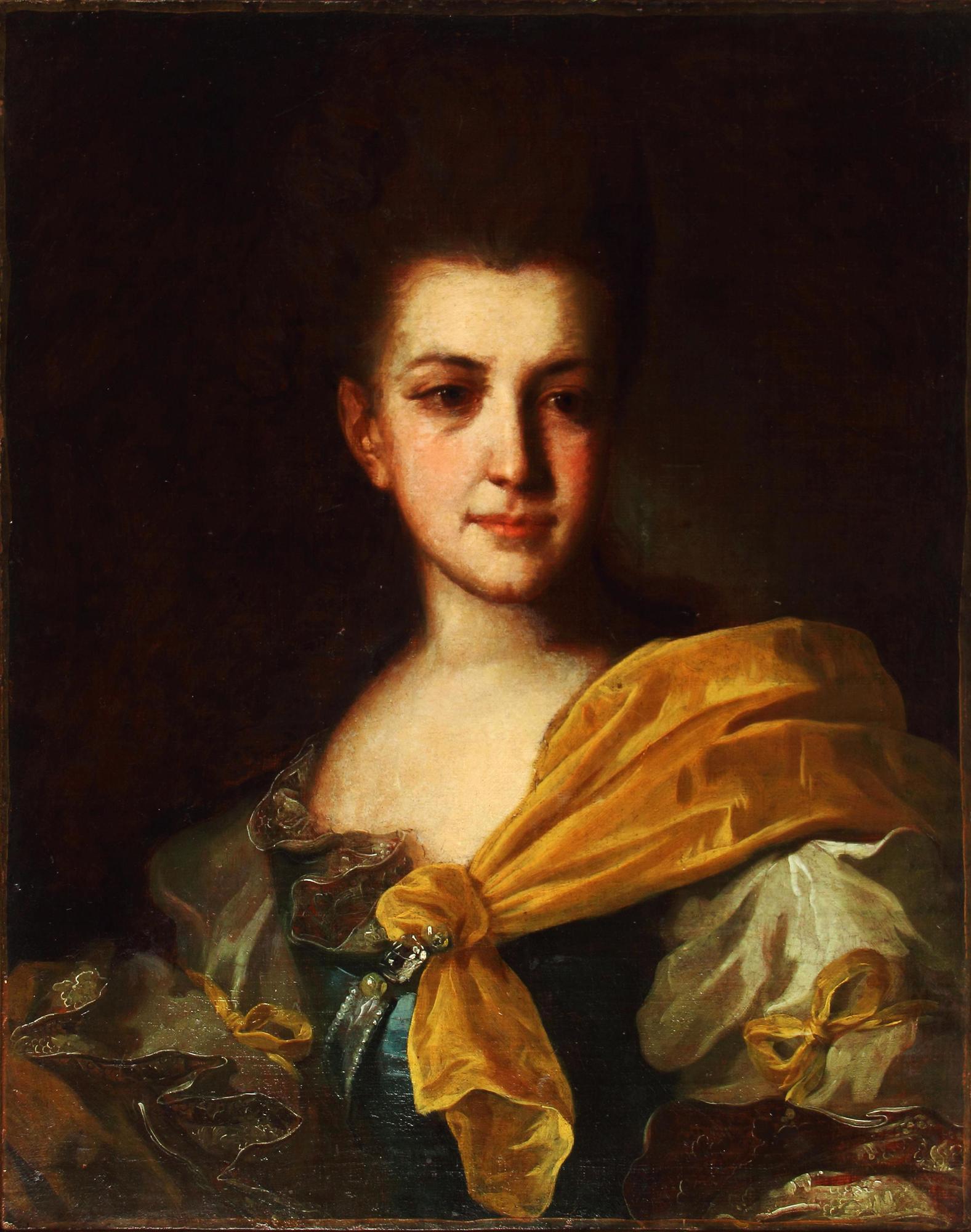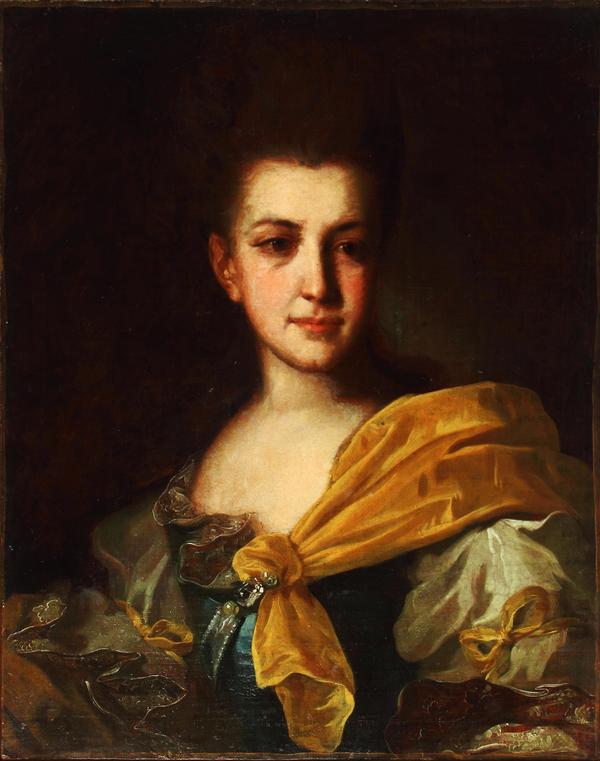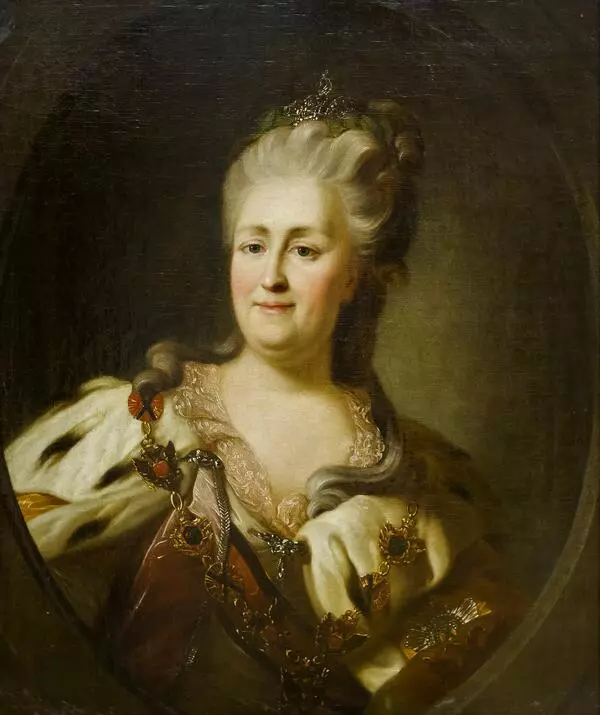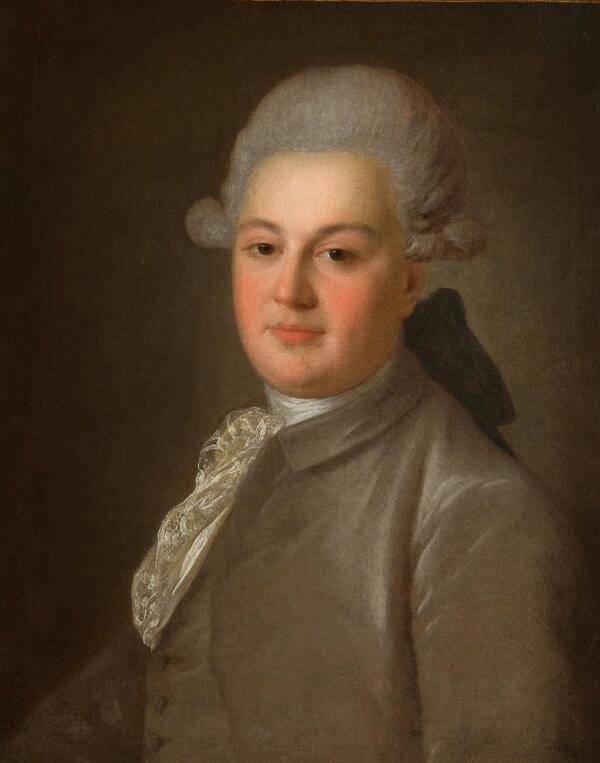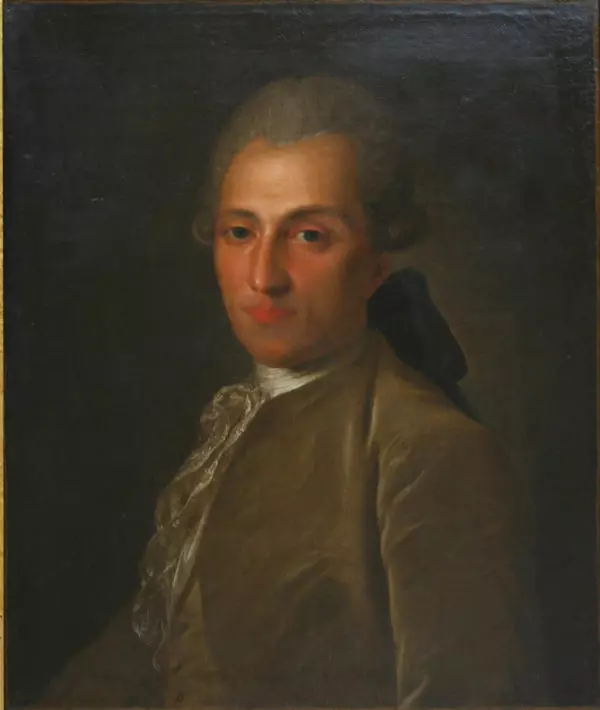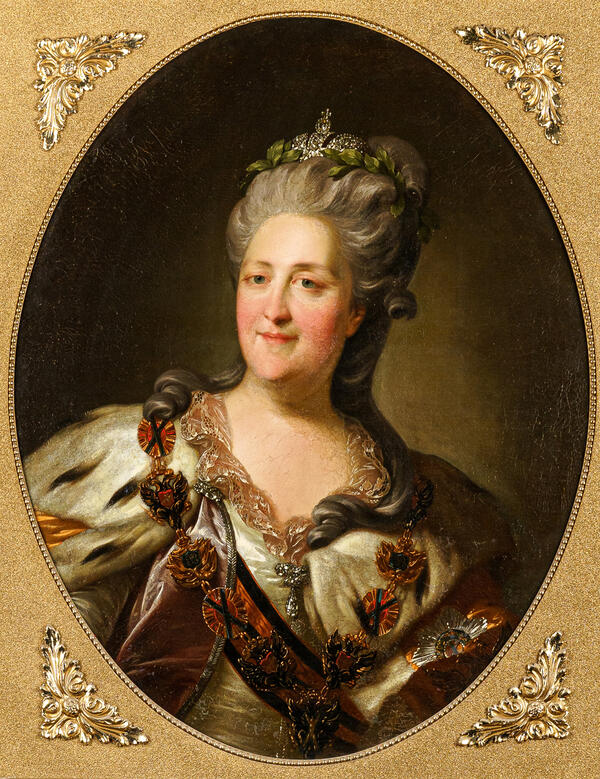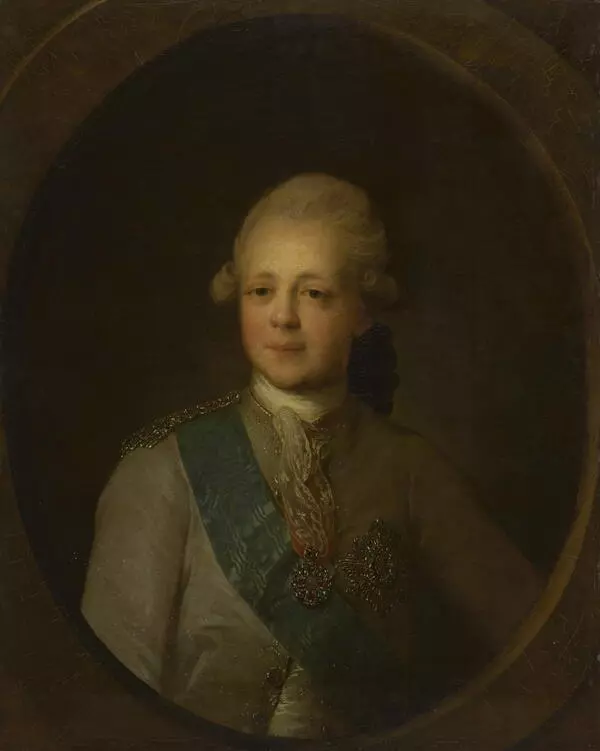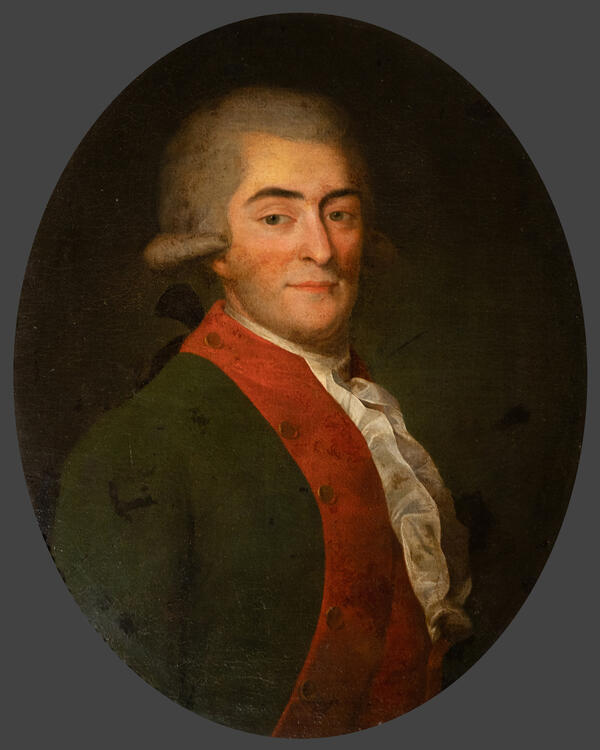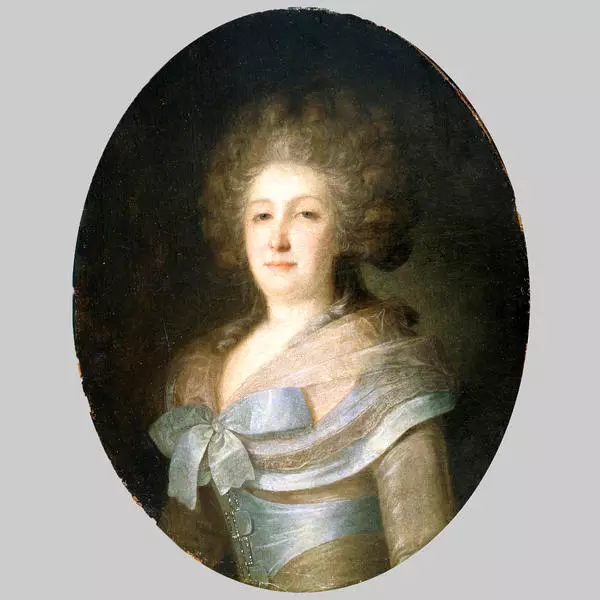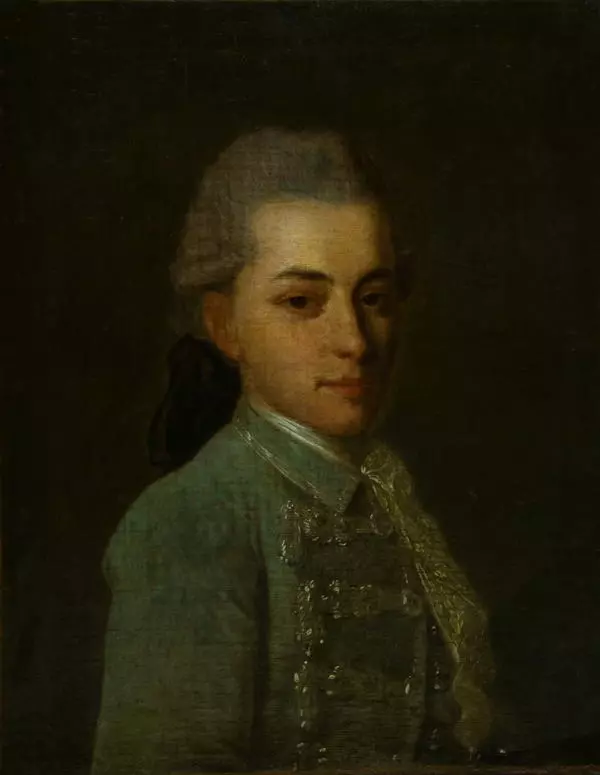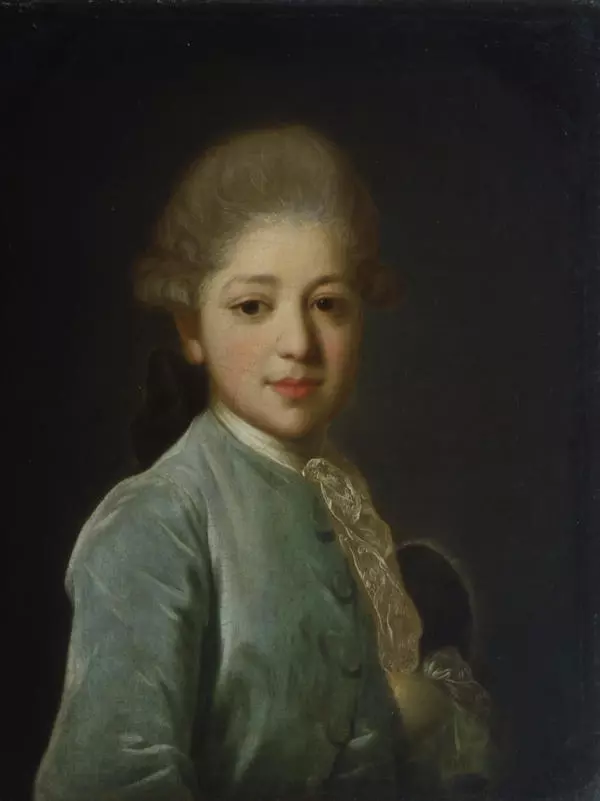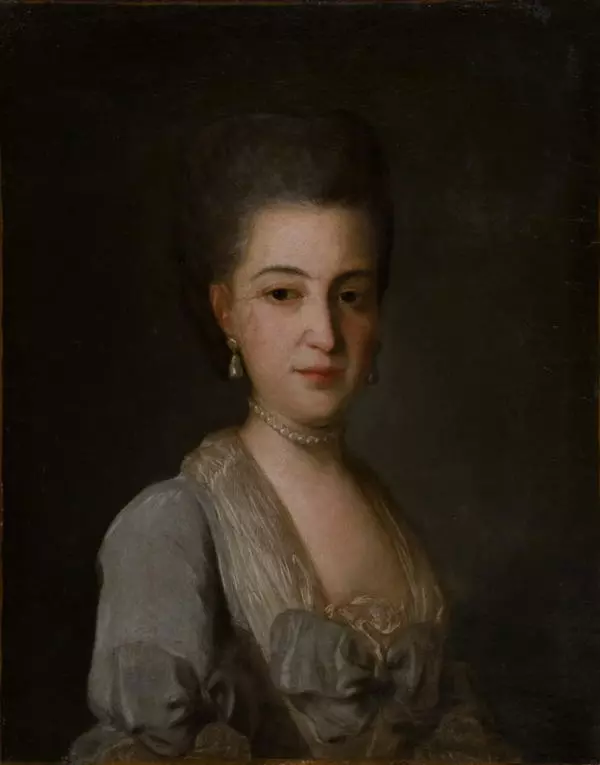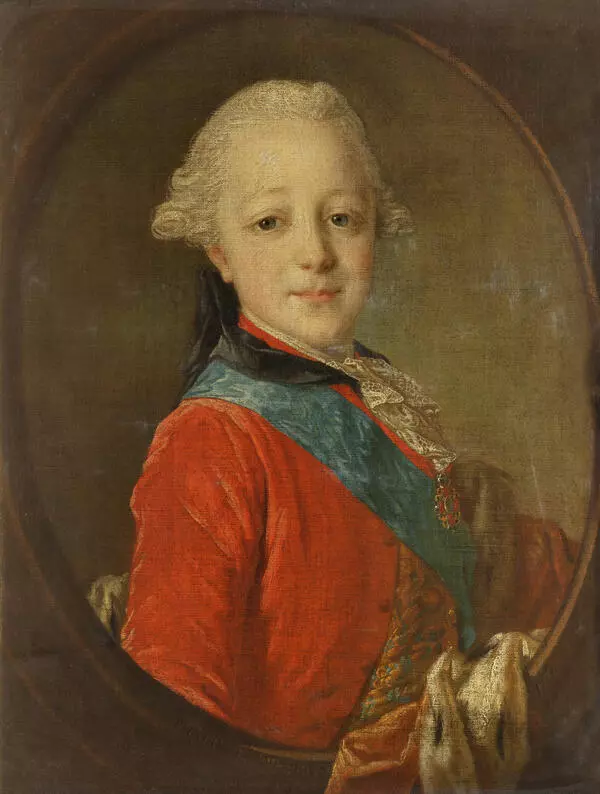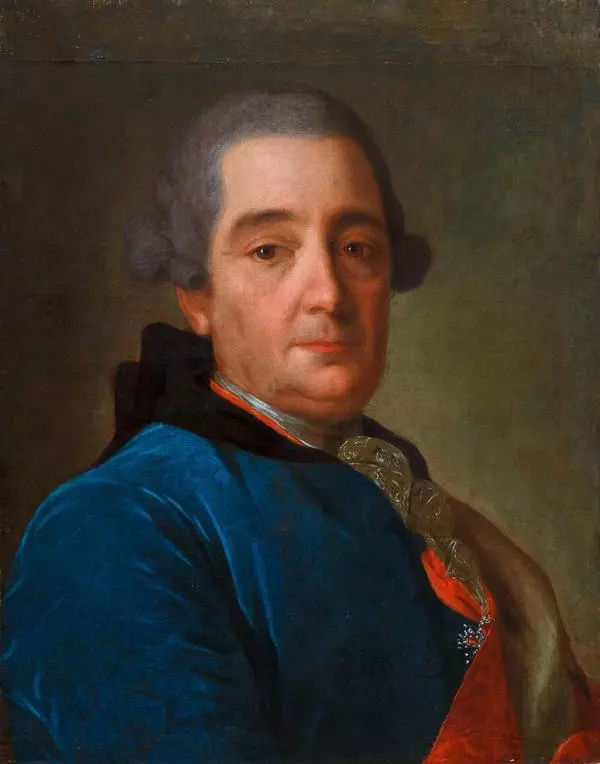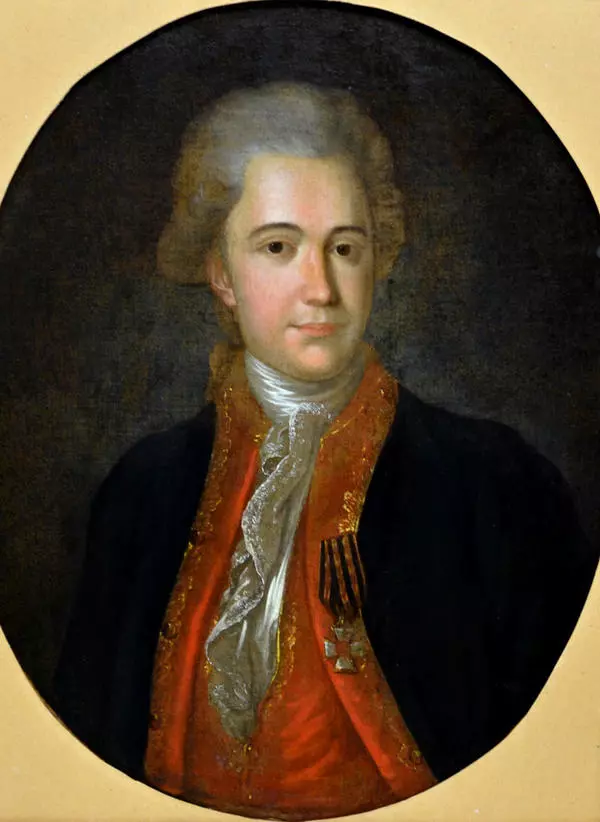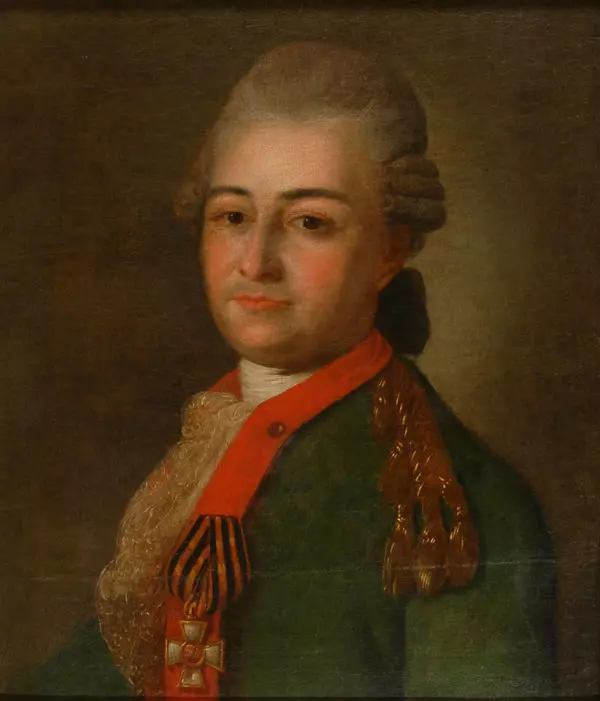Fyodor Rokotov, a Russian painter, is considered to be one of the biggest portraitists of Moscow that worked in the age of Russian Enlightenment, which took place in the second part of the 18th century. The country’s government allocated significant funds towards expansion and development of sciences and art.
Rokotov was born in 1735, and historians are still arguing about his origin. According to some of them, he belonged to a bloodline of the Rokotov’s, the Pskov noblemen. Others claim that he came from serfs. Soon after his graduation from Petersburg Academy of Arts, he became one of the most renowned portraitists among Moscow noblemen. In 1763, he was invited to paint a coronation portrait of Catherine II. Two years after, a title of academician of painting was bestowed upon him.
The distinct feature of Rokotov’s style is the emotional, compositional and color softening of his portraits. Soft light, blurring and fogginess of the image along with enigmatic half-smiles of heroines resemble both paintings of Leonardo da Vinci and arts of Antoine Watteau, a French painter of the rococo age. Rokotov became the first Russian master to reflect the character of his heroes in paintings apart from just their appearance. The painter opposed cold parade painting of Petersburg with the warm and intimate portraits, which speak of close relationship of a painter and model.
This portrait, made in the 1770s, depicts the princess Catherine Volkonskaya, a future wife of Alexey Musin-Pushkin, a historian and a statesman. The time of a painting’s creation can be told by the model’s clothing and hairstyle, along with the manner fitting Rokotov’s creations of the period.
A young Volkonskaya is depicted breast deep, her hair highly slicked, with some loose tresses falling down to her shoulders. She is dressed in a blue, open-necked dress, decorated with lace; a light brown cape is thrown over the dress. Her face in the painting may appear a bit bizarre: the brushstroke is lively and open but also rough; it is possible to see sudden transitions from light to shadow. This may be due to the painting’s top layer being made with volatile paints, which did not survive to our time. This causes the viewer to only see an underpainting, a sketch image of a model.
Nevertheless, this portrait demonstrates a masterfully precise and reverent face depiction: the painter attentively displayed big hazel eyes and an elongated oval of the face. It wears the enigmatic half-smile, one of the distinctive painting manners of Rokotov. The expressive sight of a model where a frightening omniscience can be seen is also a defining trait of his portraits.
Rokotov was born in 1735, and historians are still arguing about his origin. According to some of them, he belonged to a bloodline of the Rokotov’s, the Pskov noblemen. Others claim that he came from serfs. Soon after his graduation from Petersburg Academy of Arts, he became one of the most renowned portraitists among Moscow noblemen. In 1763, he was invited to paint a coronation portrait of Catherine II. Two years after, a title of academician of painting was bestowed upon him.
The distinct feature of Rokotov’s style is the emotional, compositional and color softening of his portraits. Soft light, blurring and fogginess of the image along with enigmatic half-smiles of heroines resemble both paintings of Leonardo da Vinci and arts of Antoine Watteau, a French painter of the rococo age. Rokotov became the first Russian master to reflect the character of his heroes in paintings apart from just their appearance. The painter opposed cold parade painting of Petersburg with the warm and intimate portraits, which speak of close relationship of a painter and model.
This portrait, made in the 1770s, depicts the princess Catherine Volkonskaya, a future wife of Alexey Musin-Pushkin, a historian and a statesman. The time of a painting’s creation can be told by the model’s clothing and hairstyle, along with the manner fitting Rokotov’s creations of the period.
A young Volkonskaya is depicted breast deep, her hair highly slicked, with some loose tresses falling down to her shoulders. She is dressed in a blue, open-necked dress, decorated with lace; a light brown cape is thrown over the dress. Her face in the painting may appear a bit bizarre: the brushstroke is lively and open but also rough; it is possible to see sudden transitions from light to shadow. This may be due to the painting’s top layer being made with volatile paints, which did not survive to our time. This causes the viewer to only see an underpainting, a sketch image of a model.
Nevertheless, this portrait demonstrates a masterfully precise and reverent face depiction: the painter attentively displayed big hazel eyes and an elongated oval of the face. It wears the enigmatic half-smile, one of the distinctive painting manners of Rokotov. The expressive sight of a model where a frightening omniscience can be seen is also a defining trait of his portraits.
